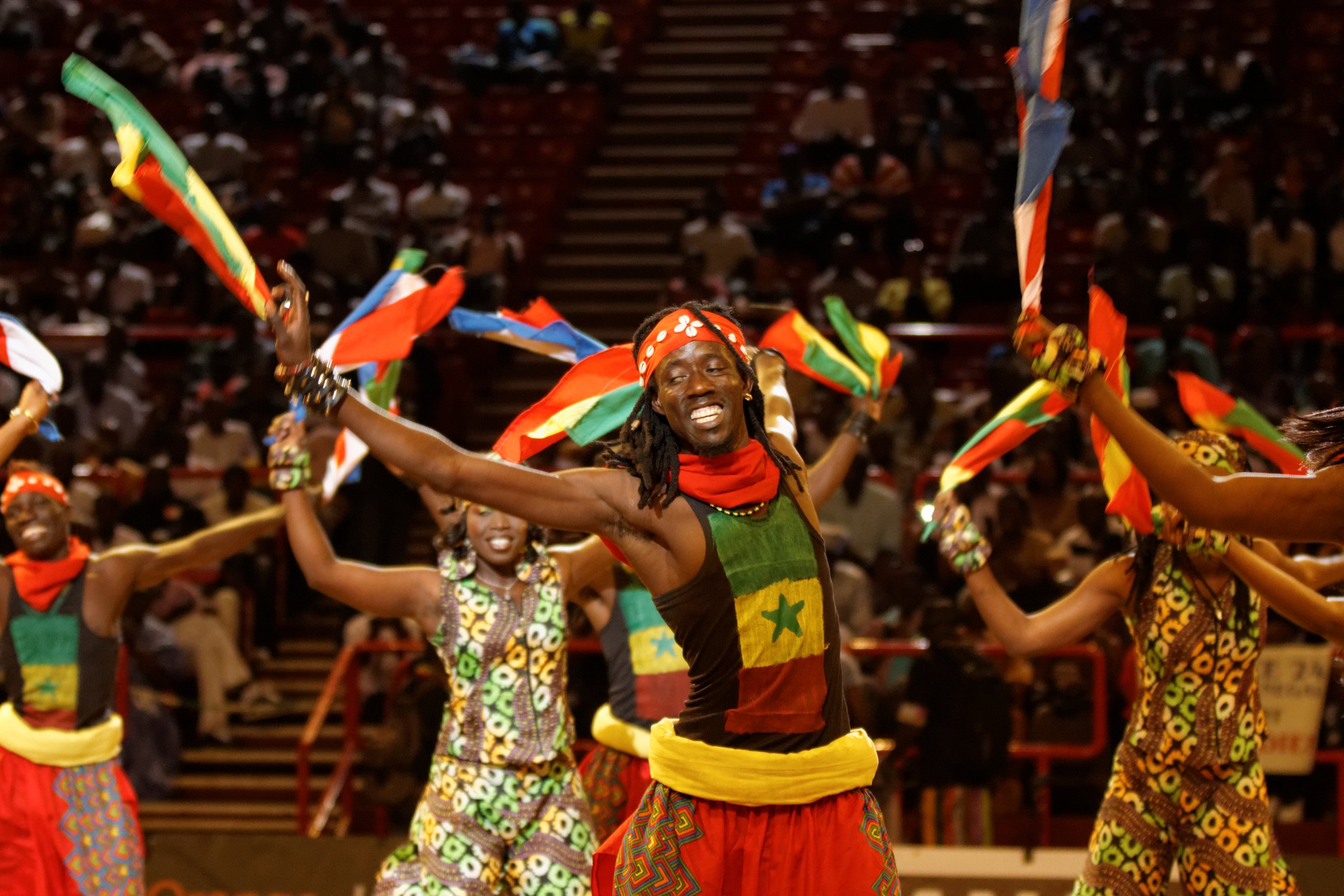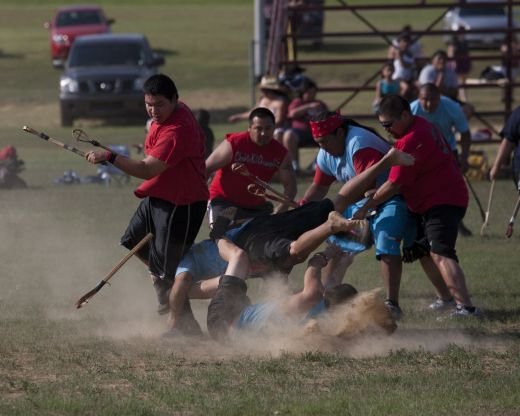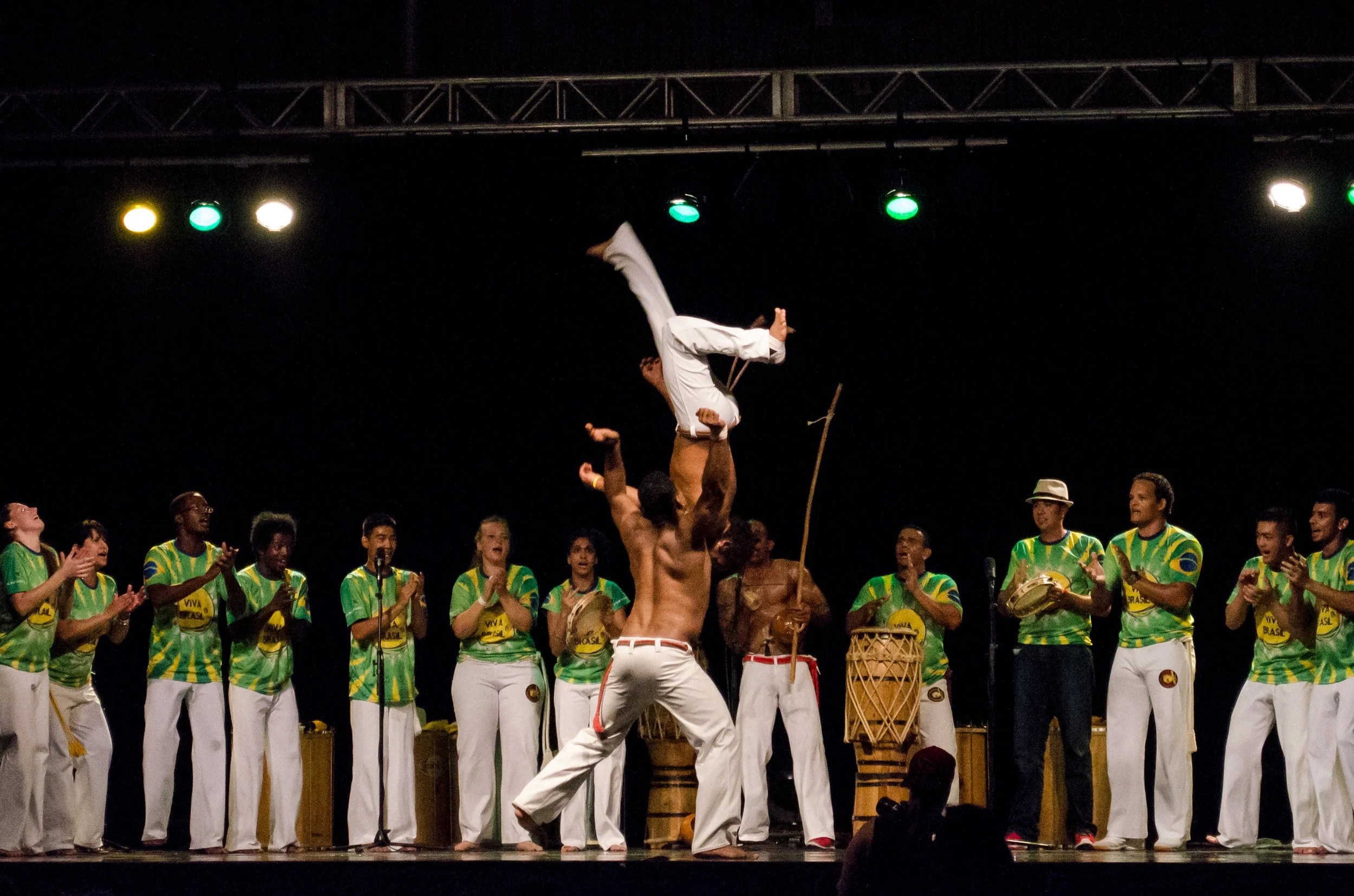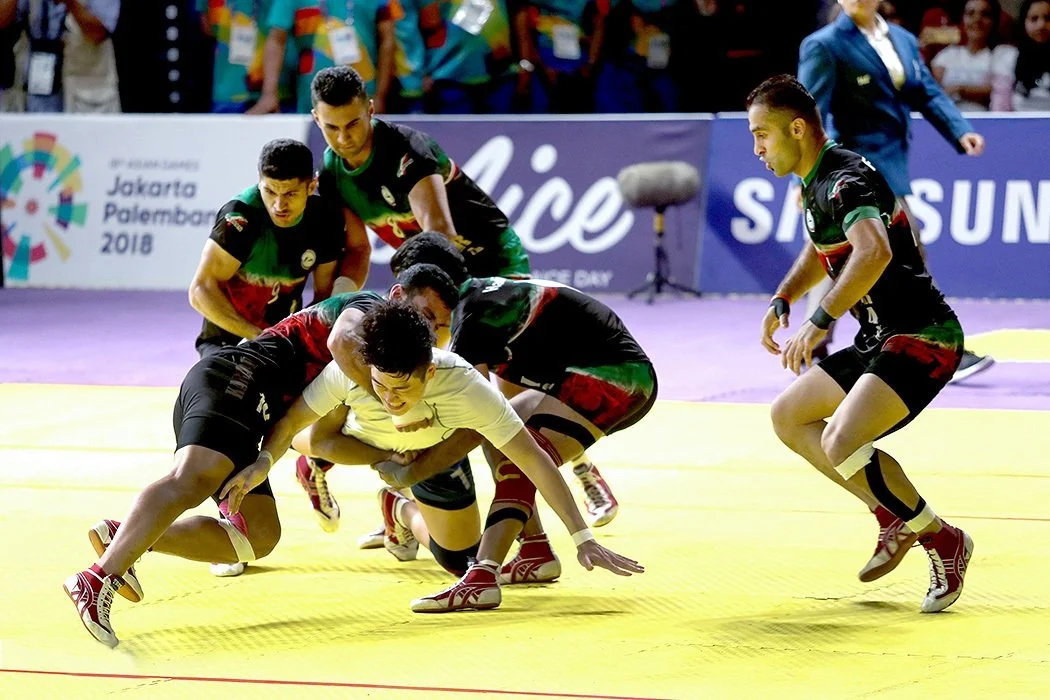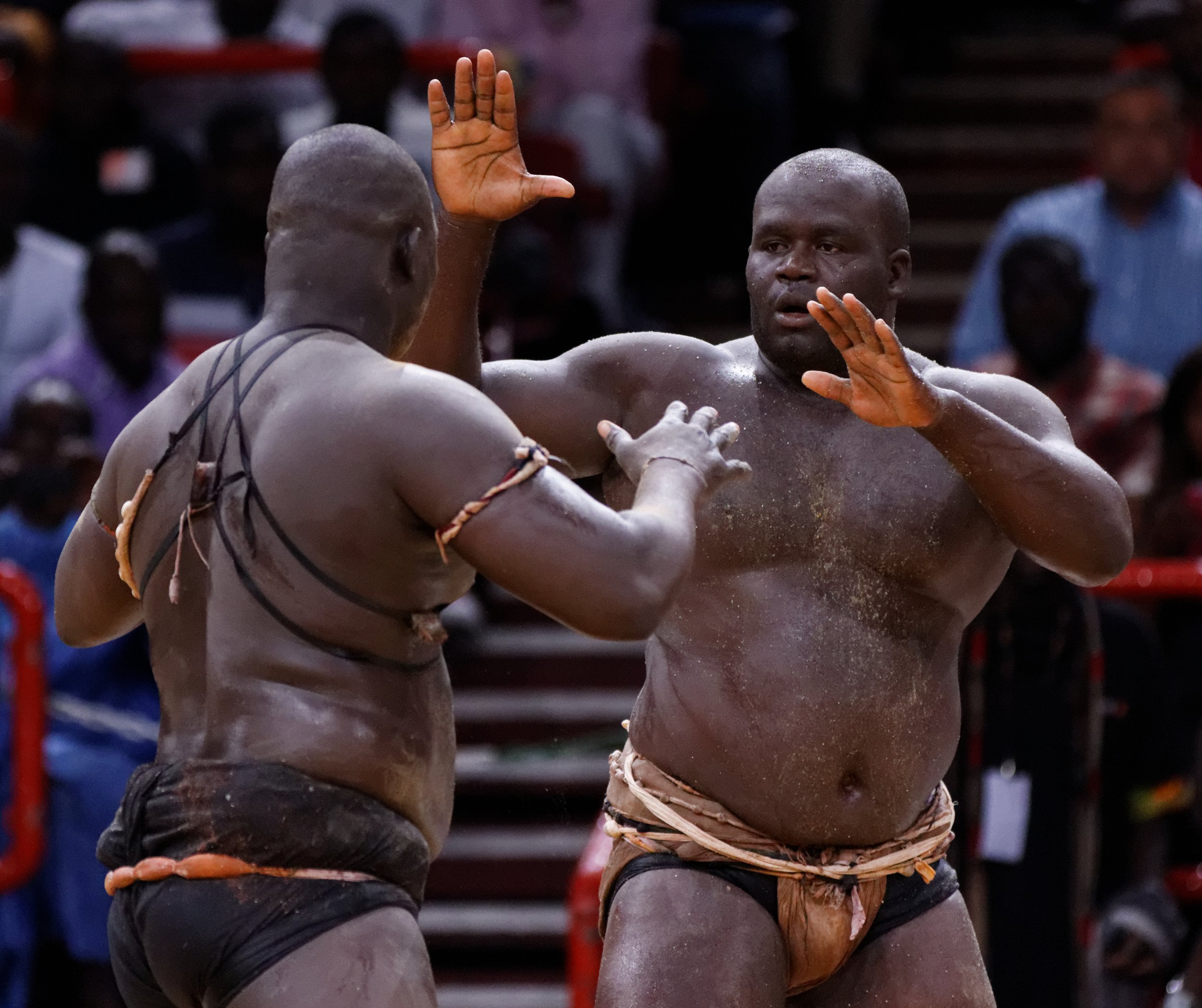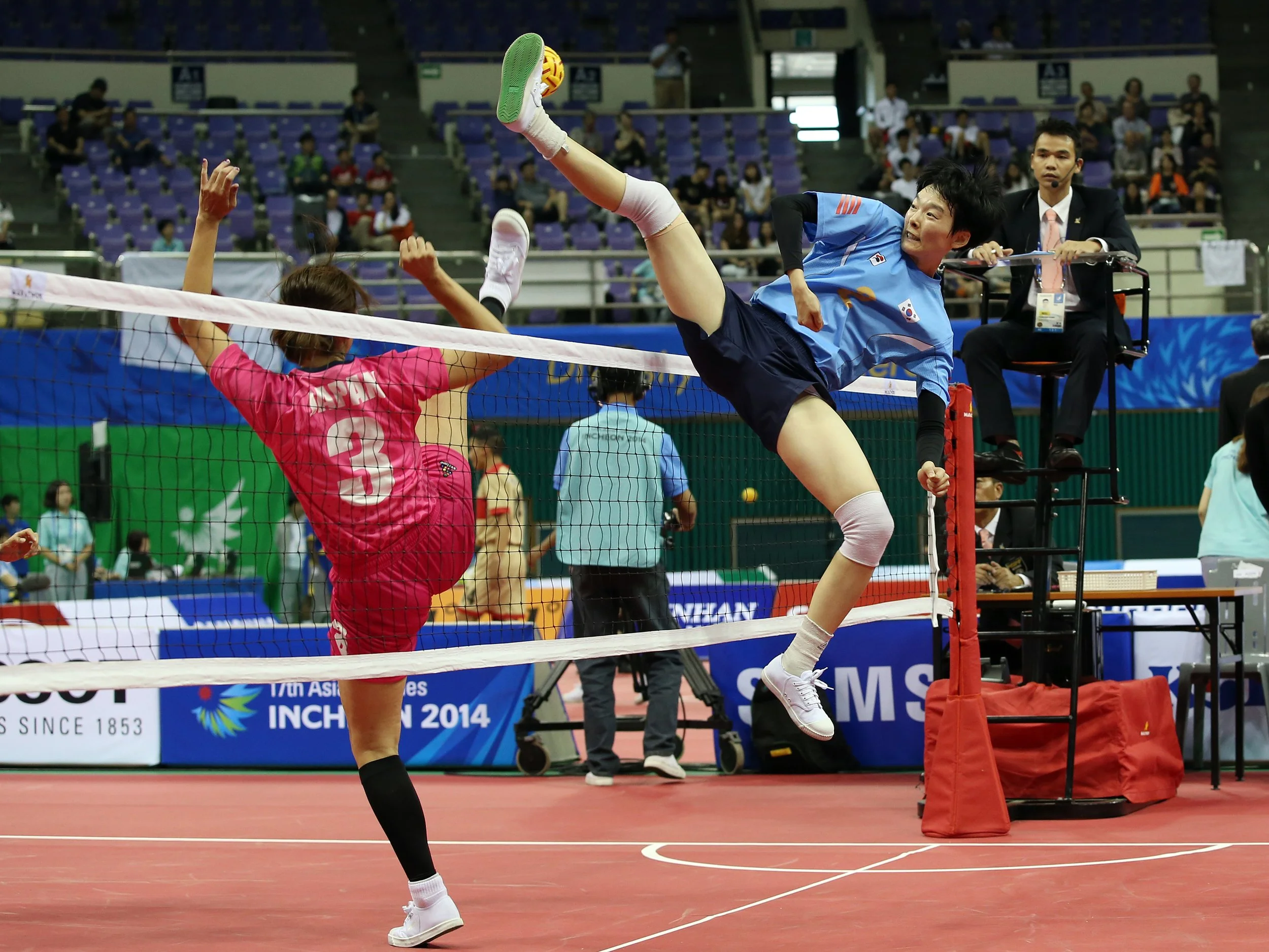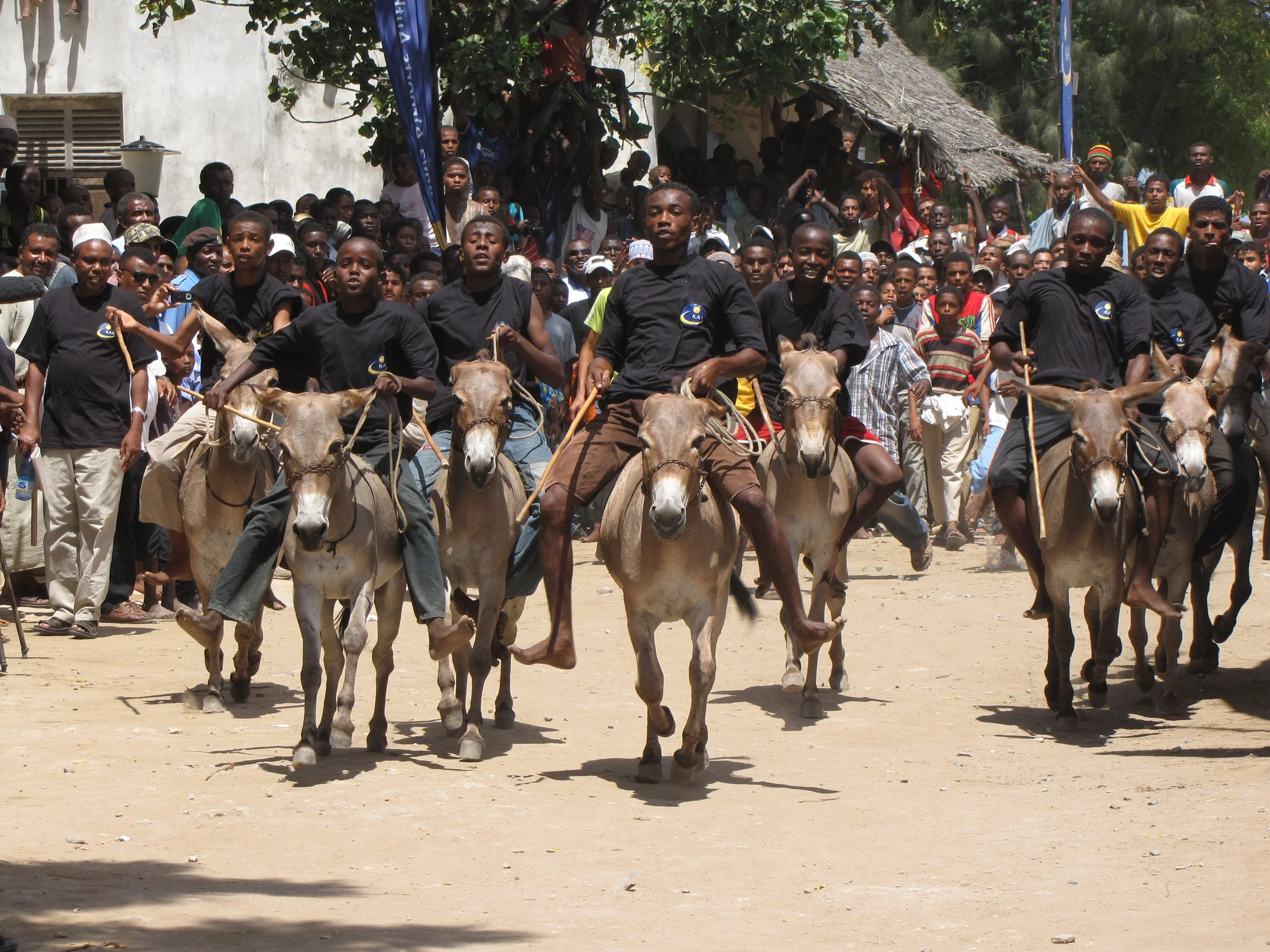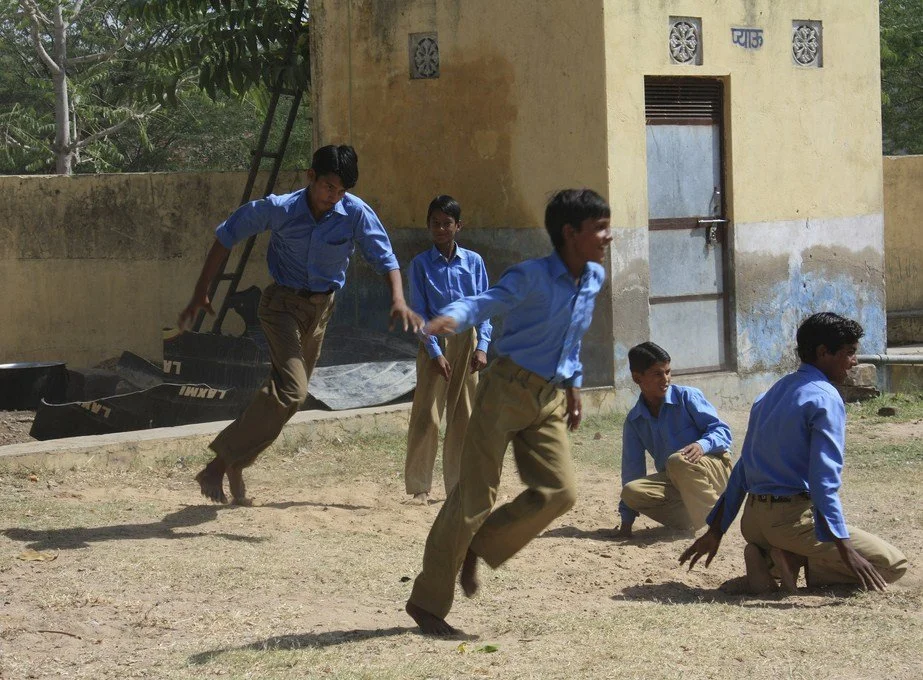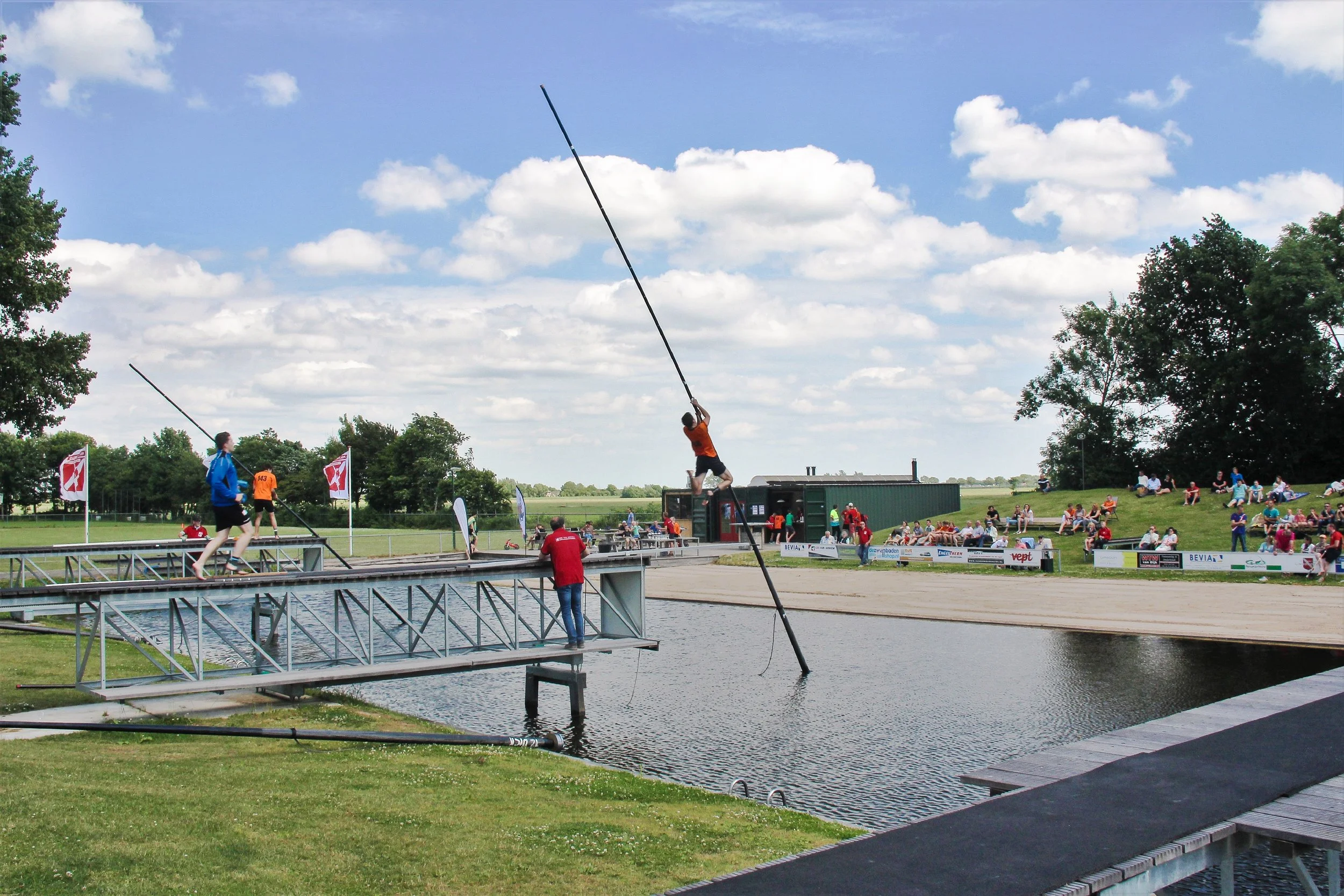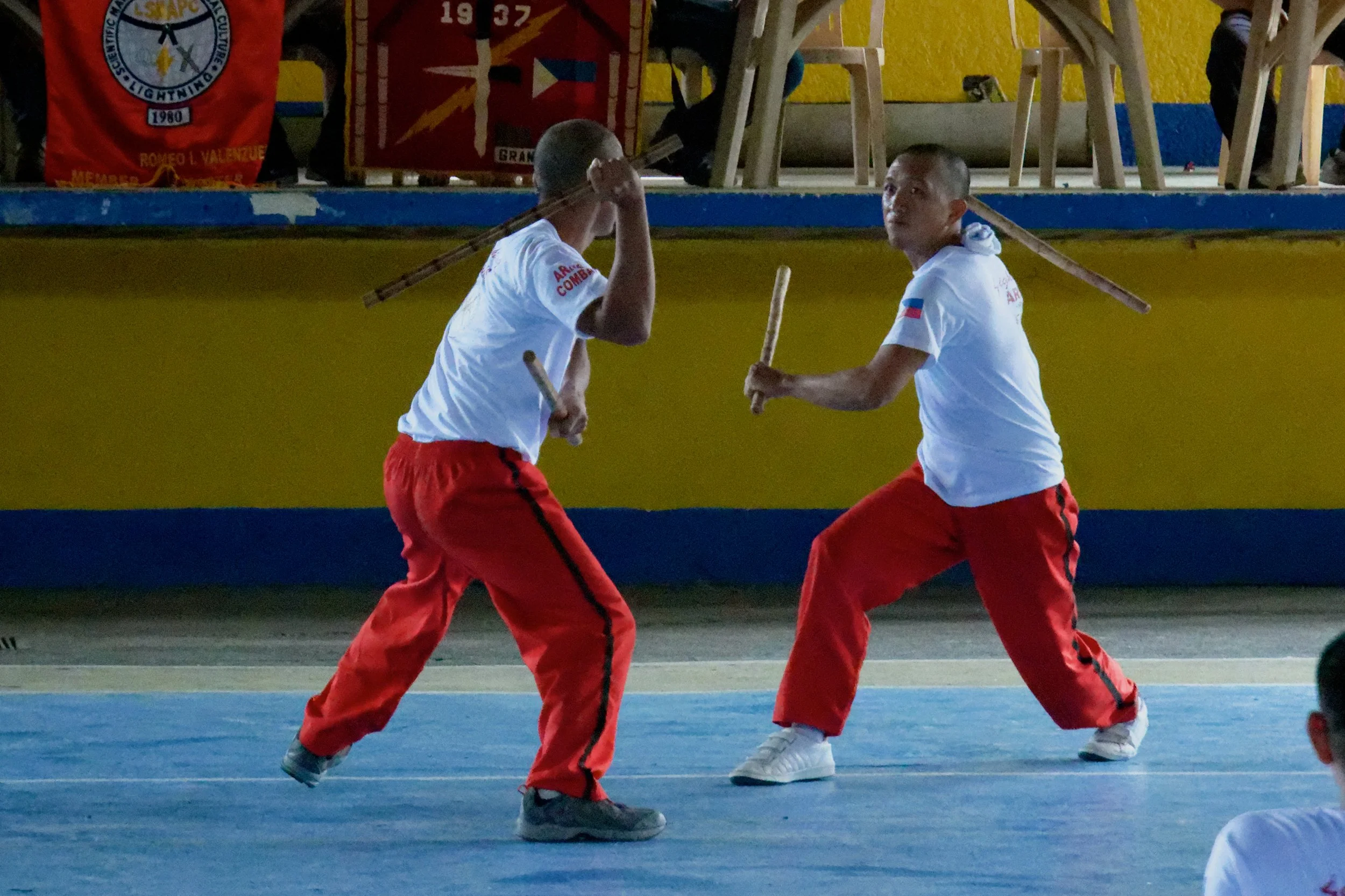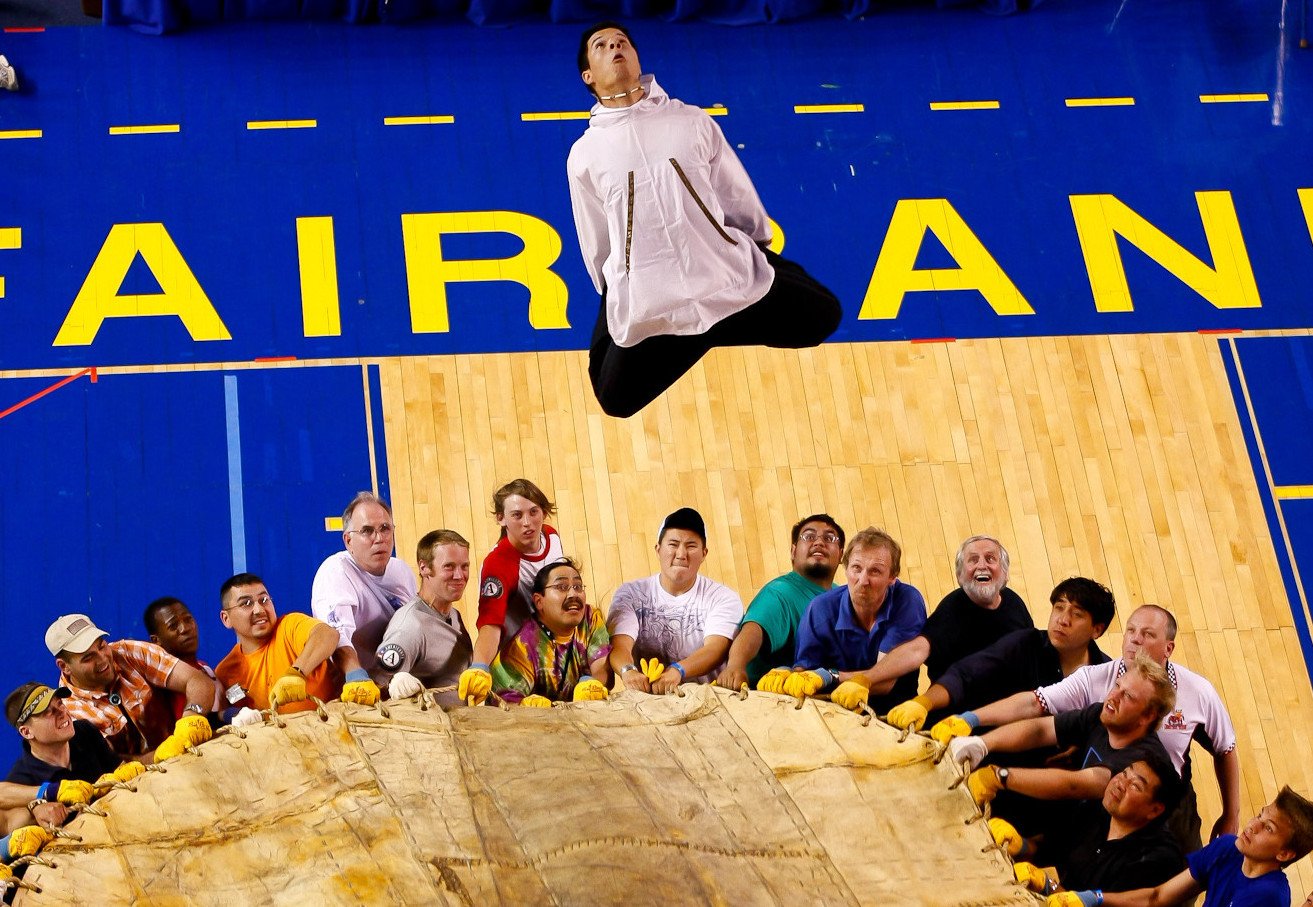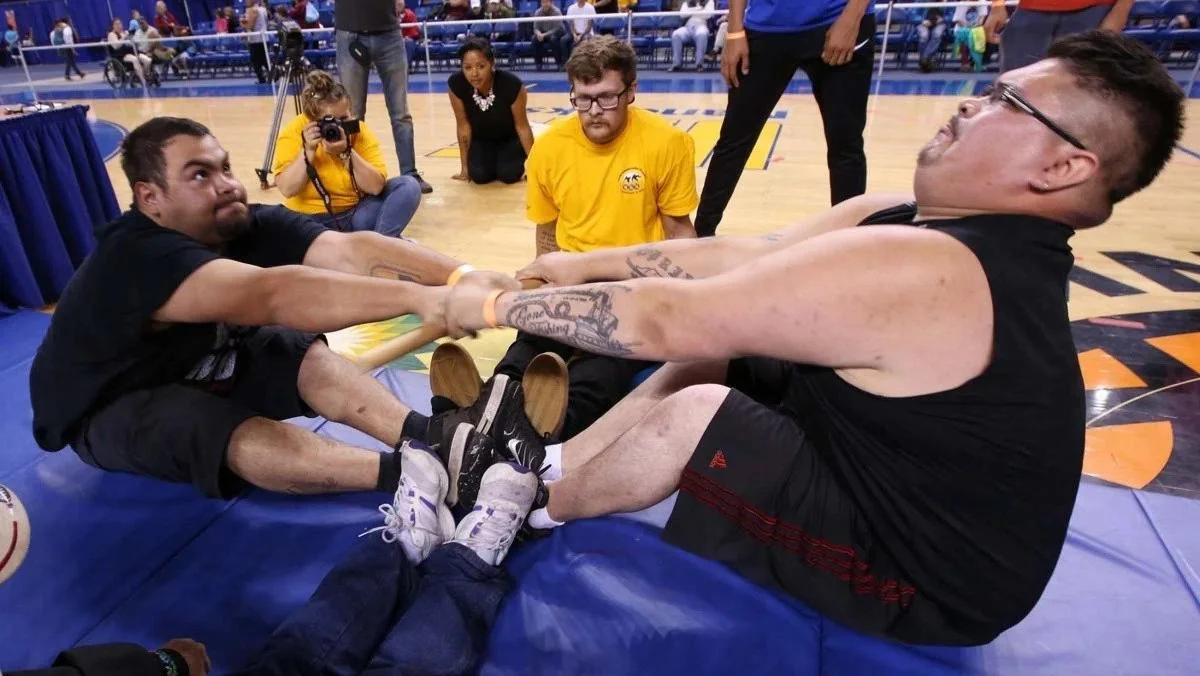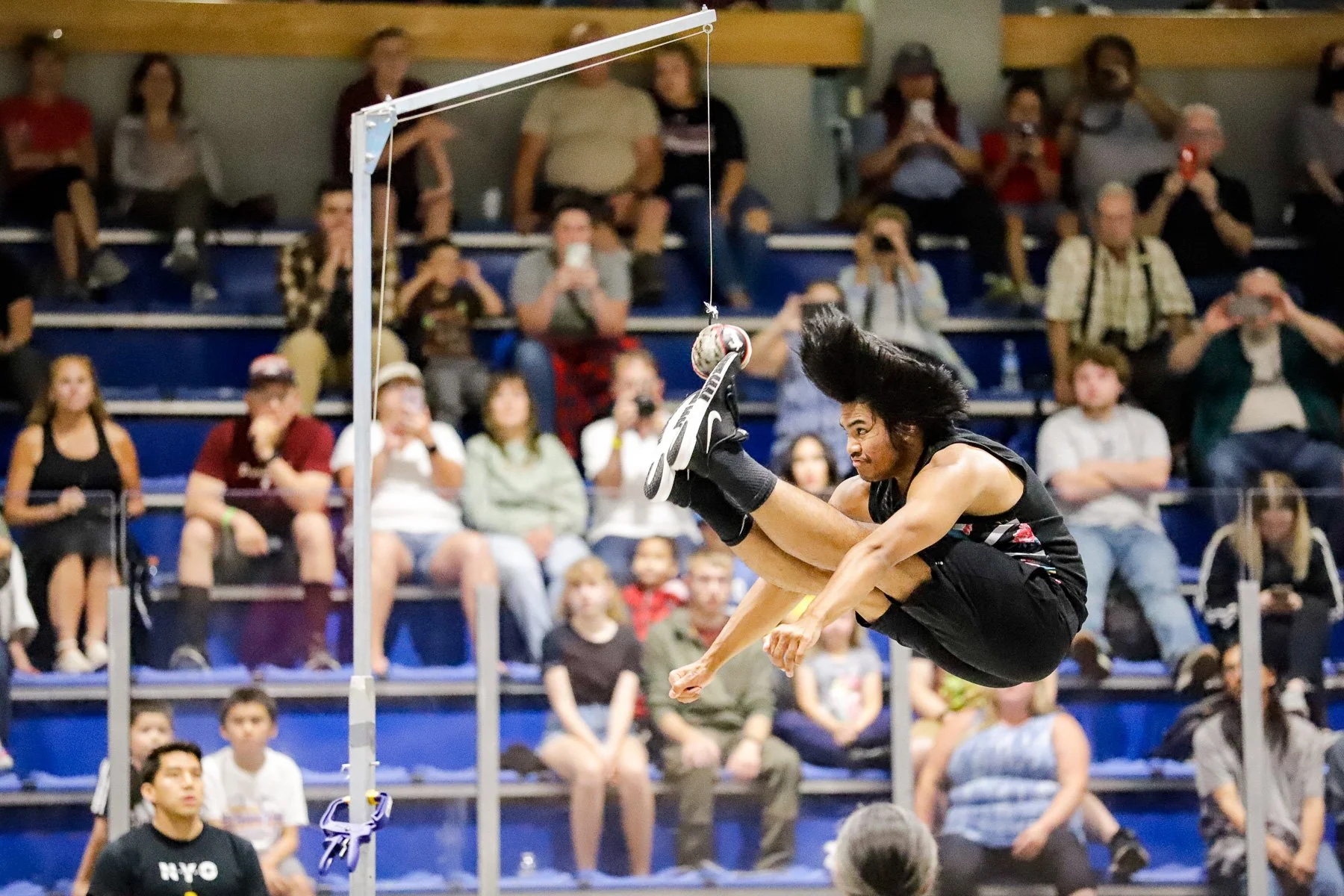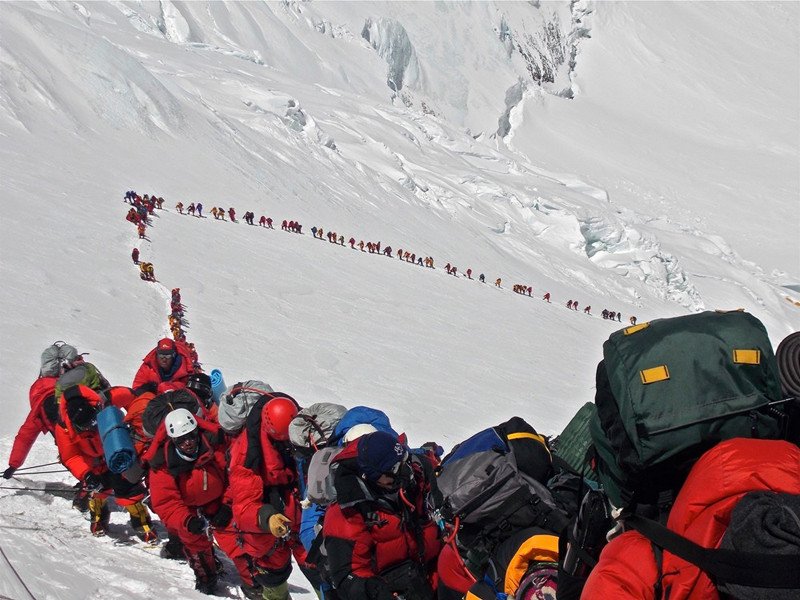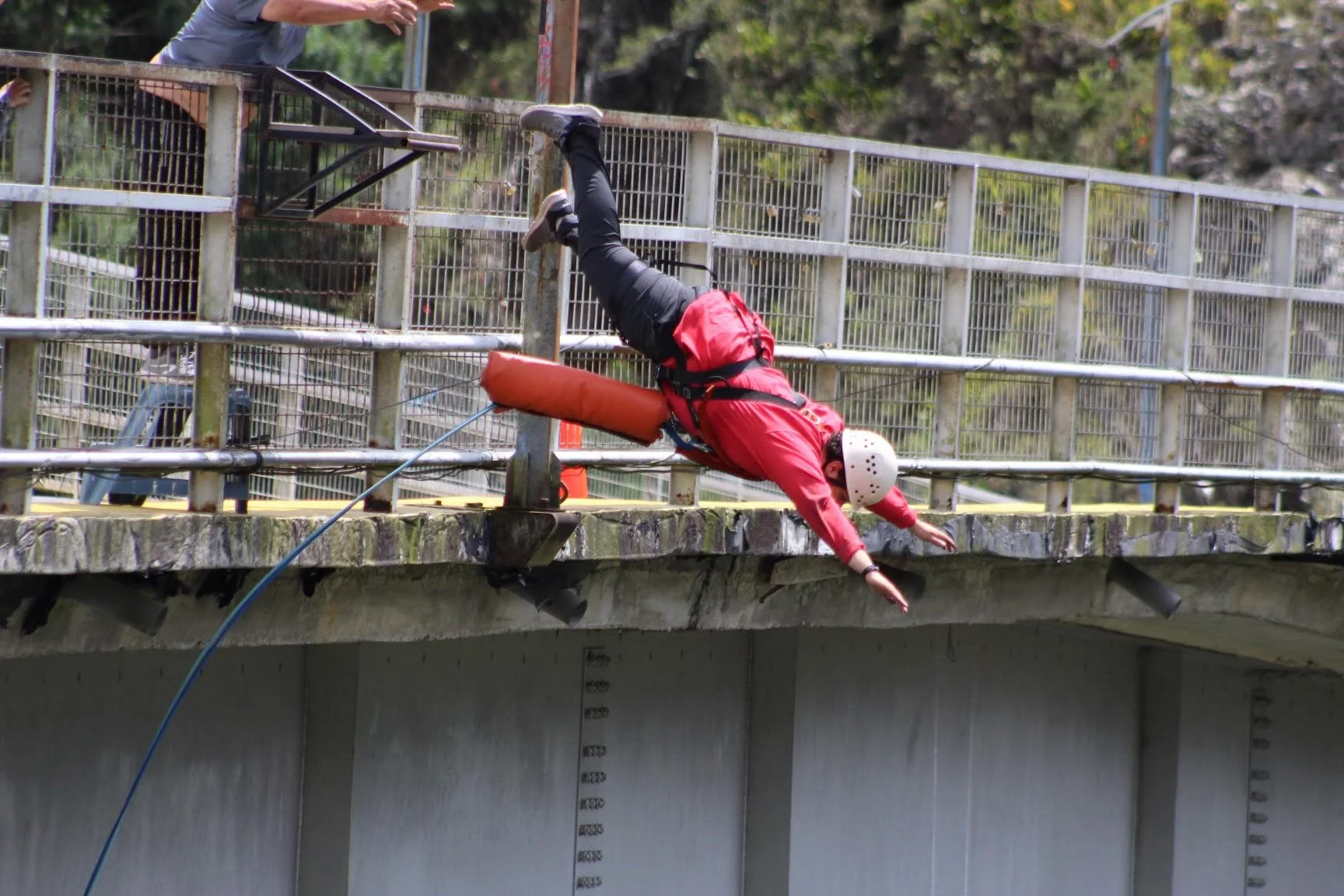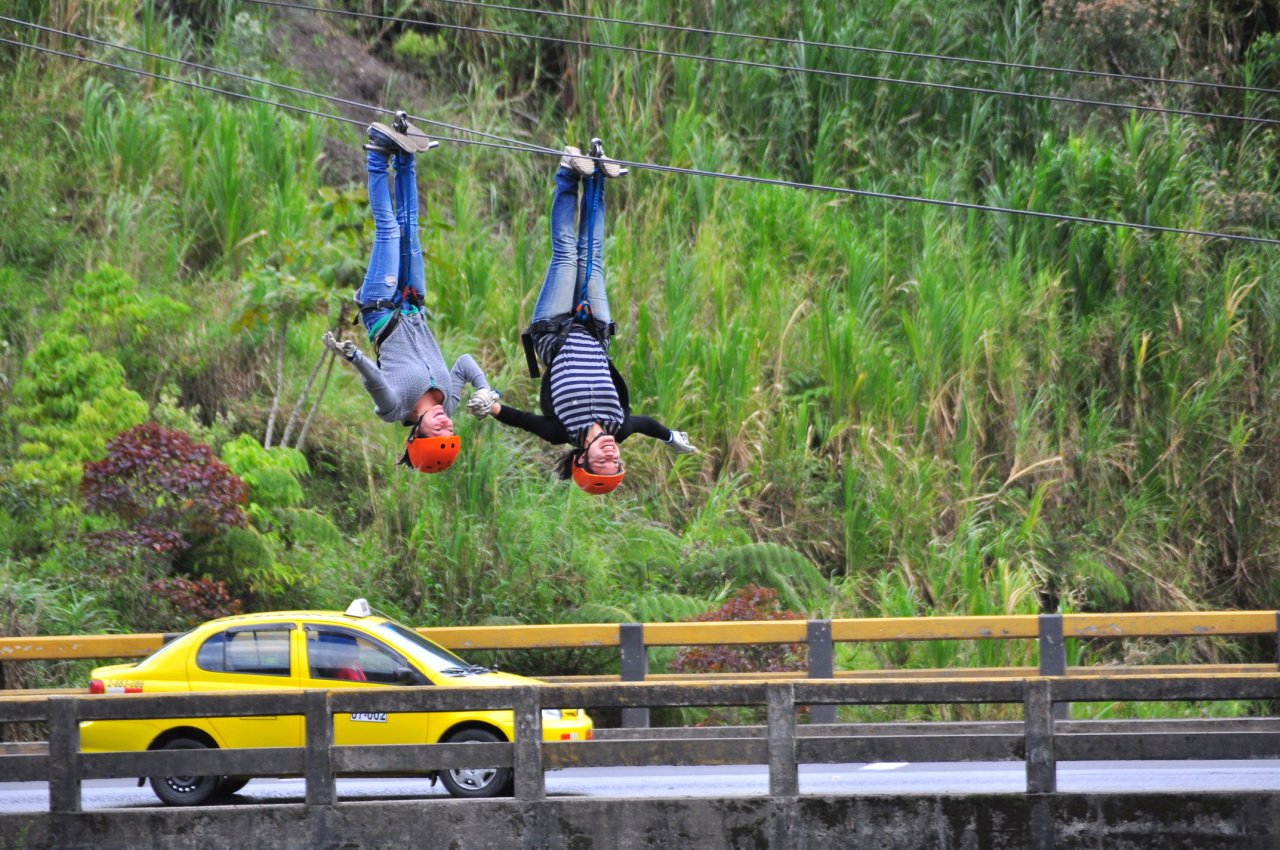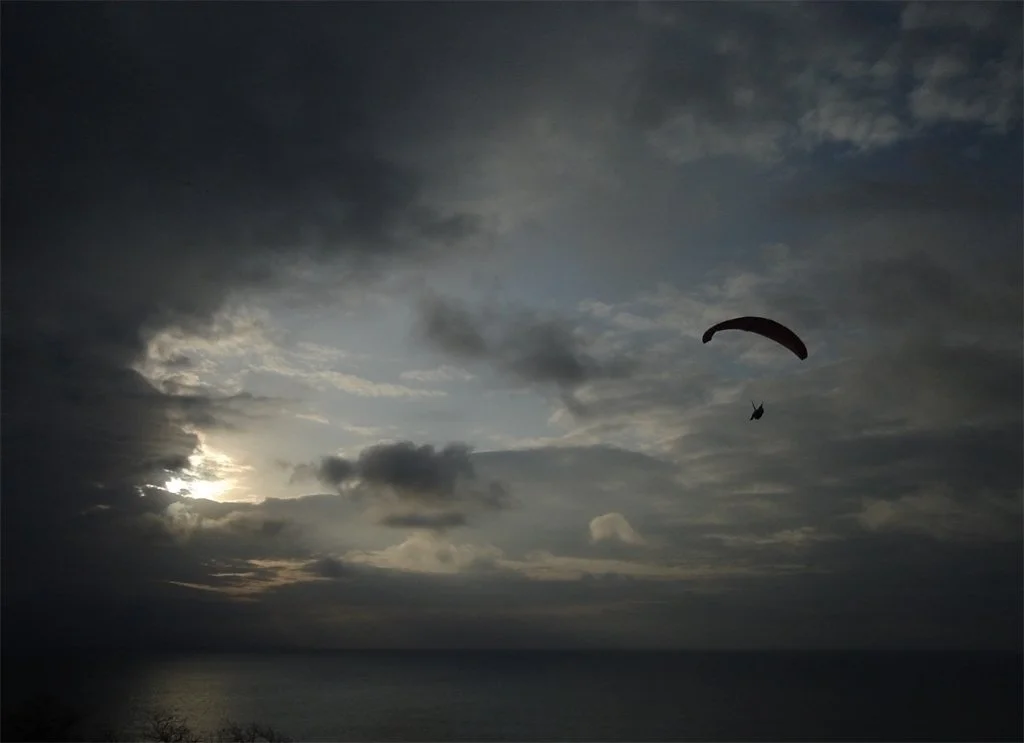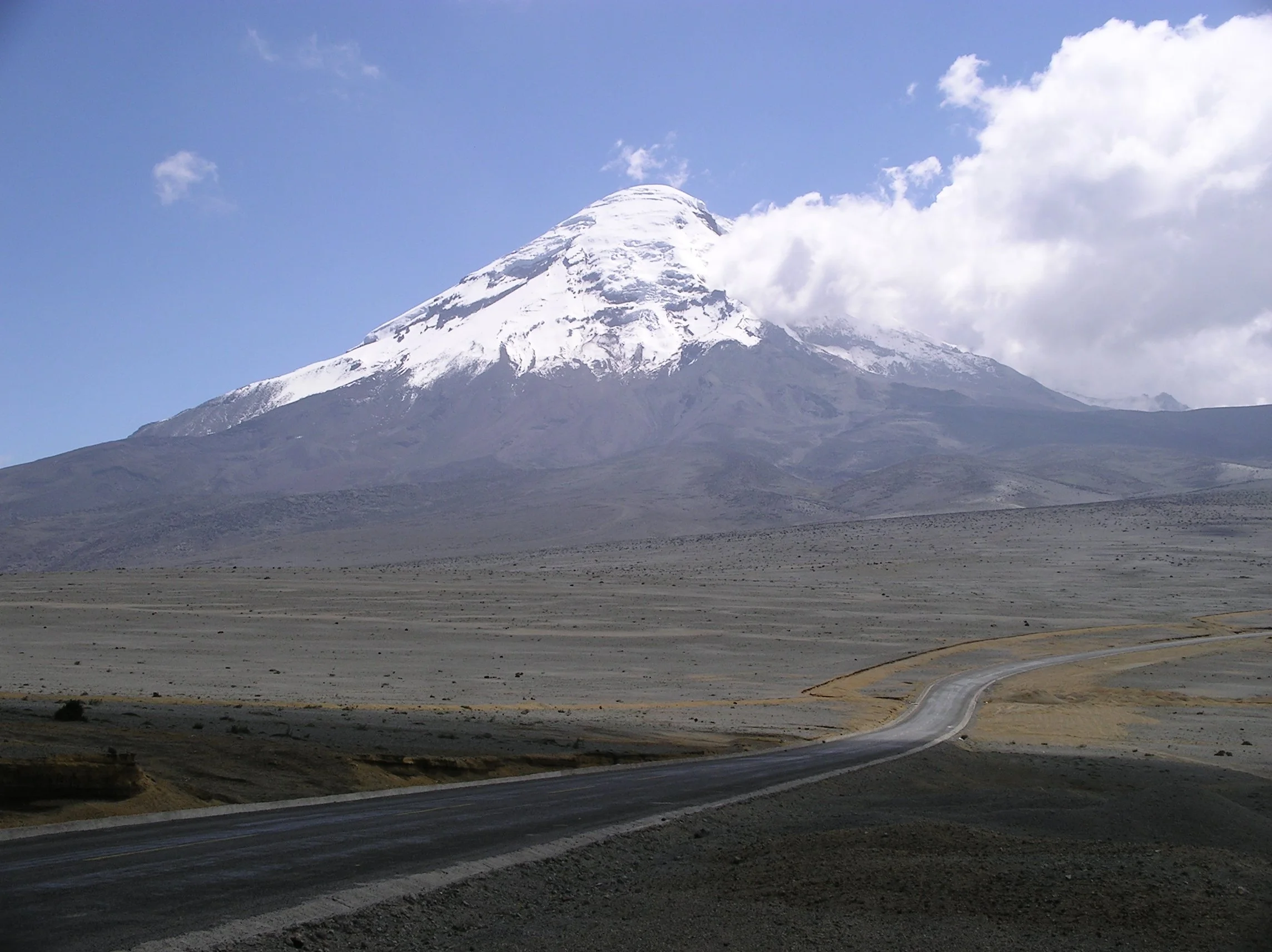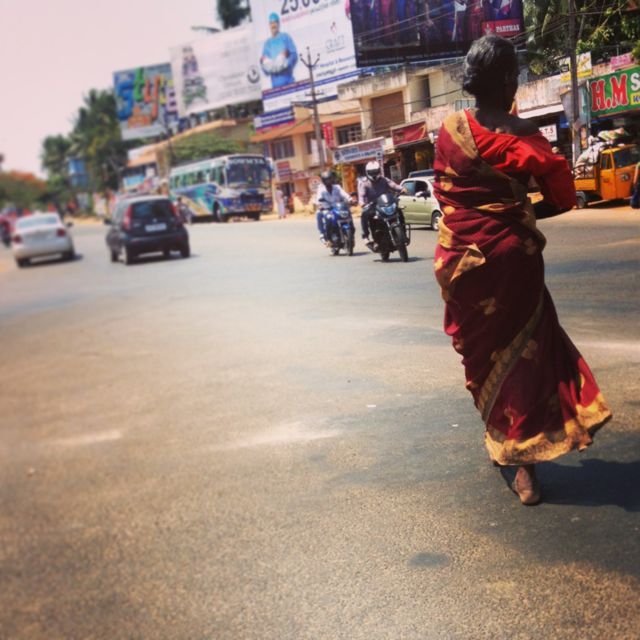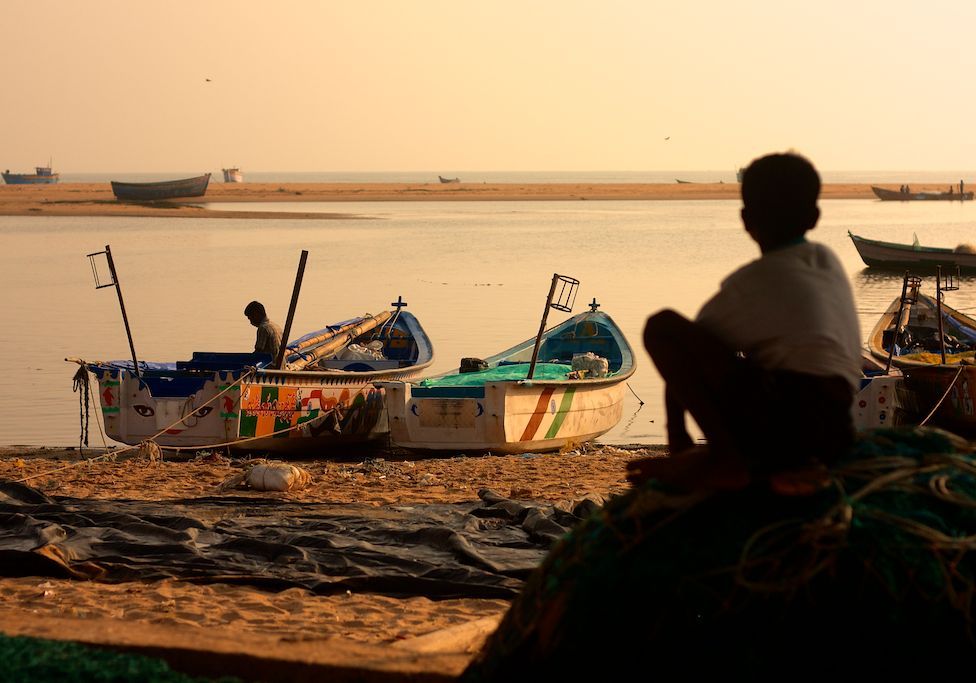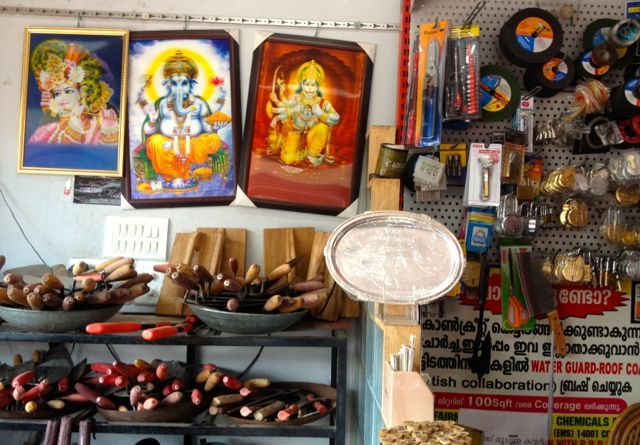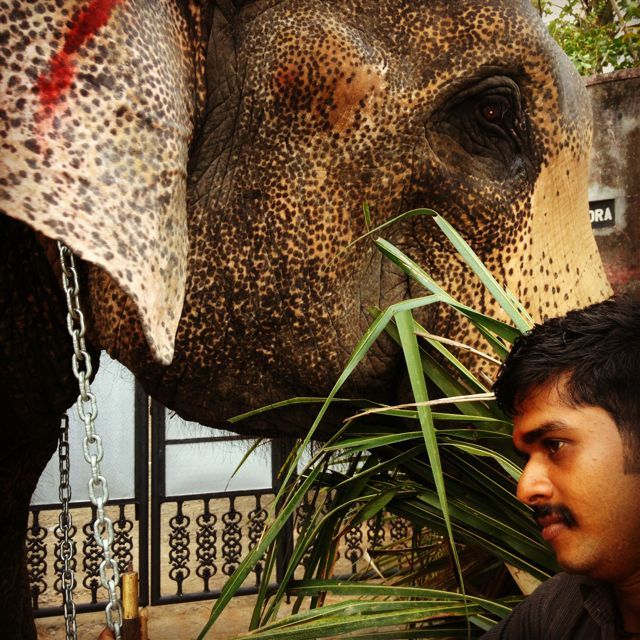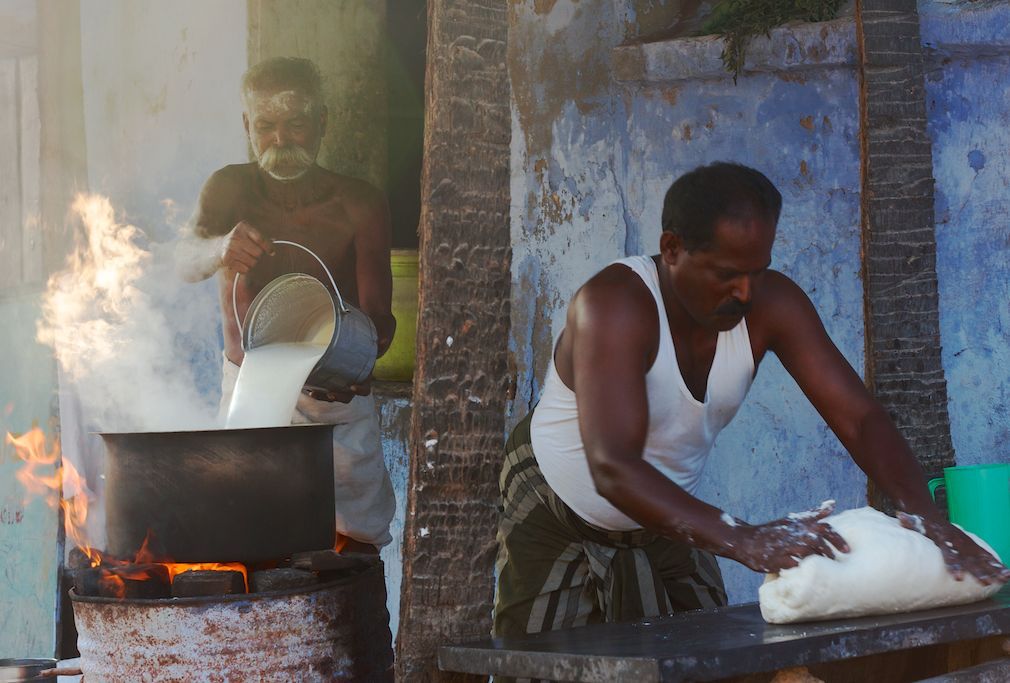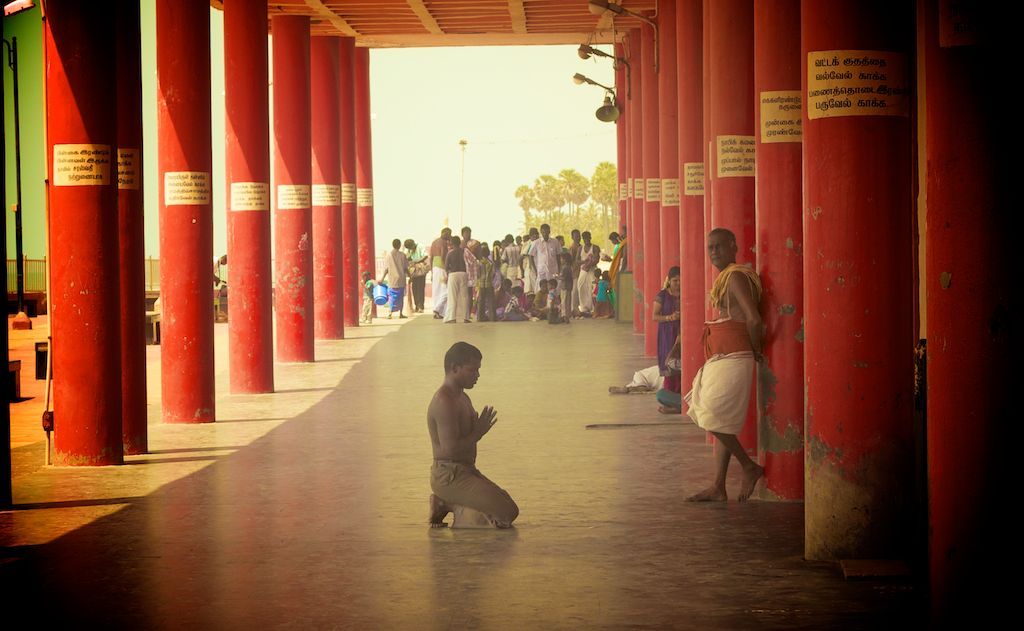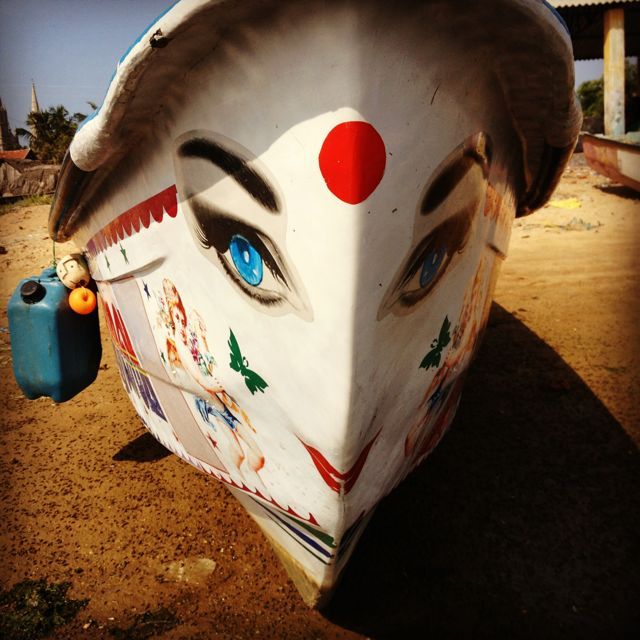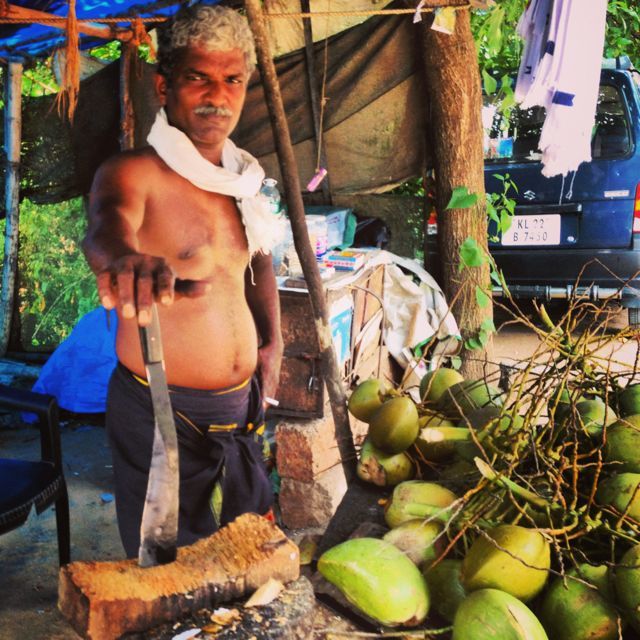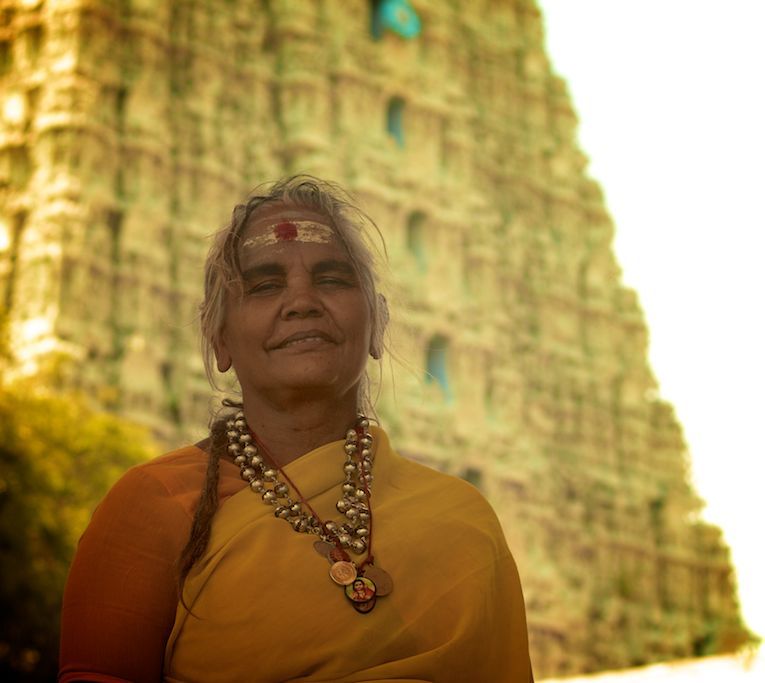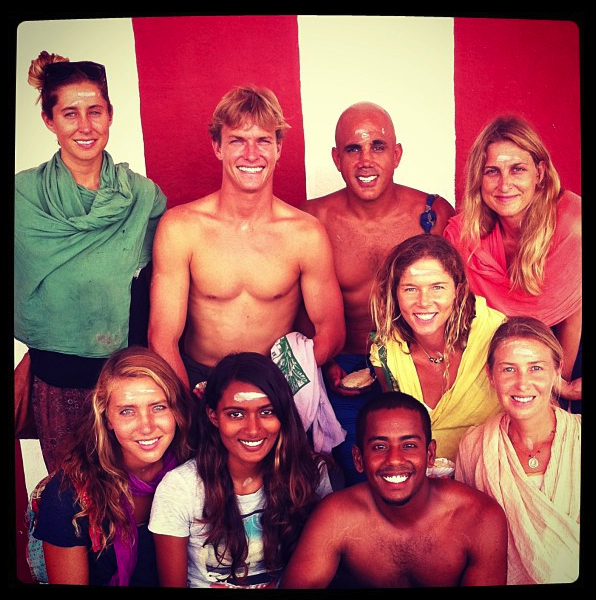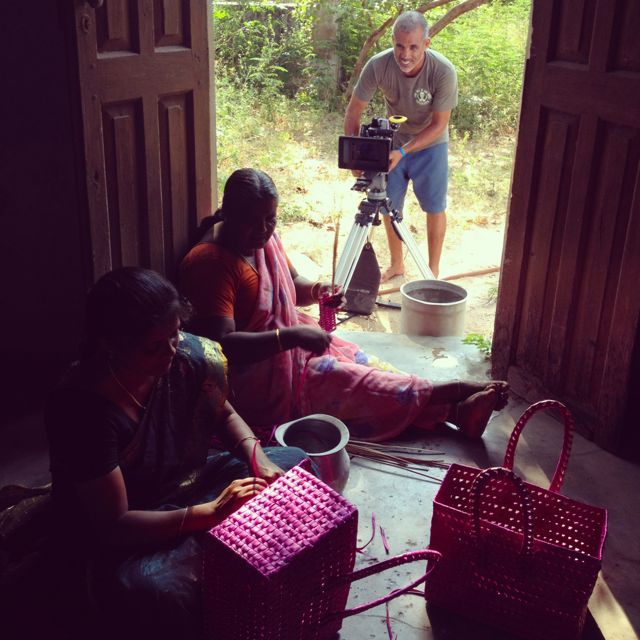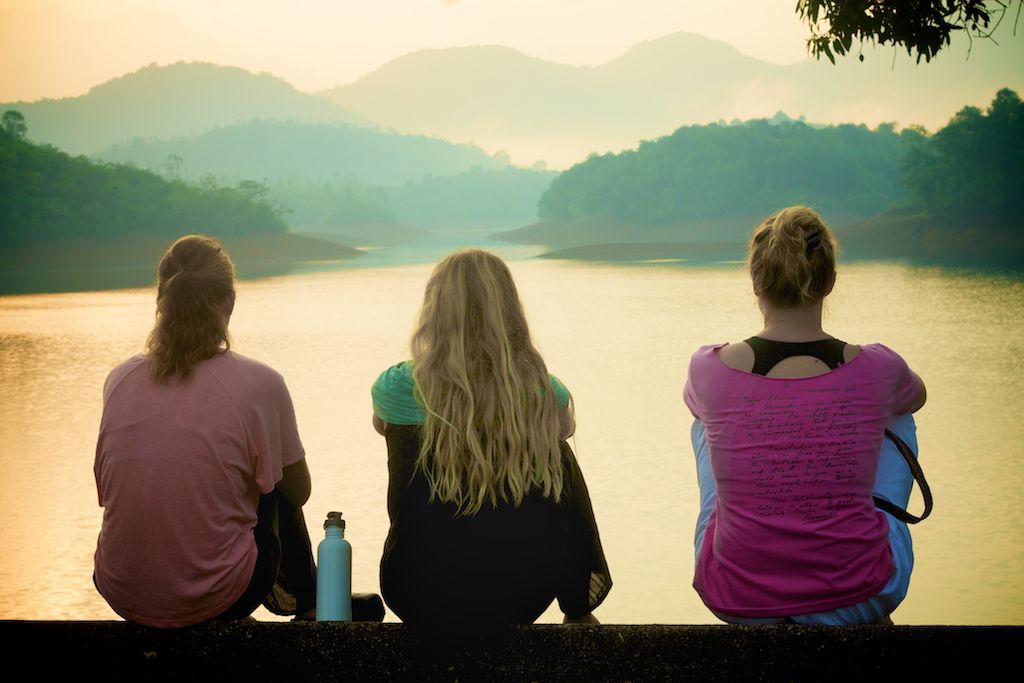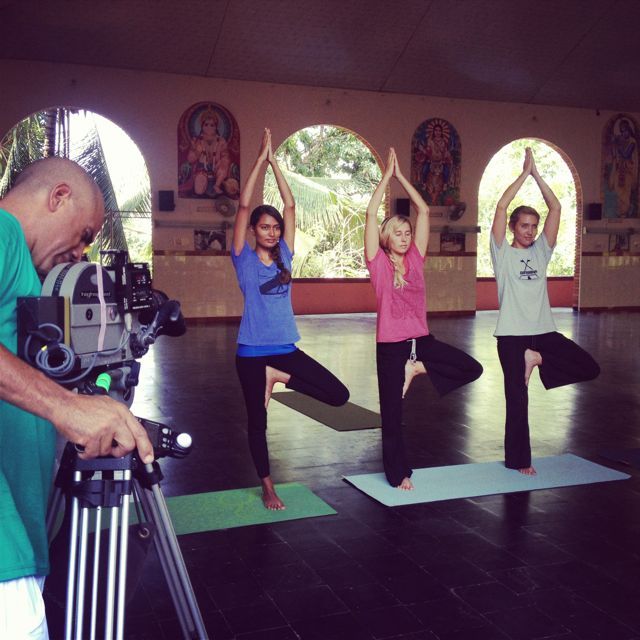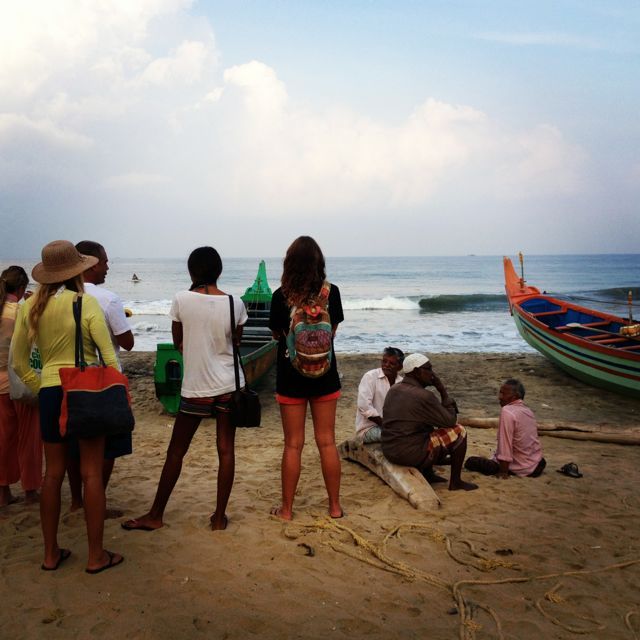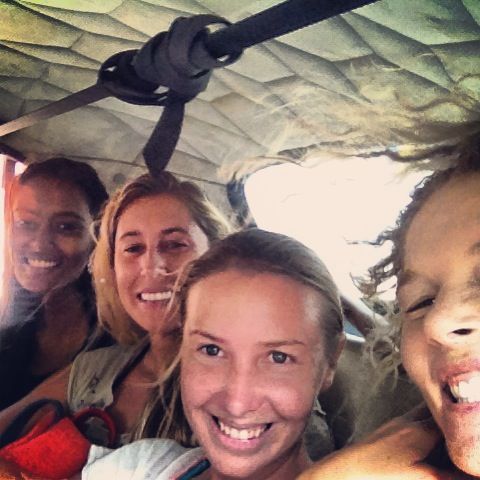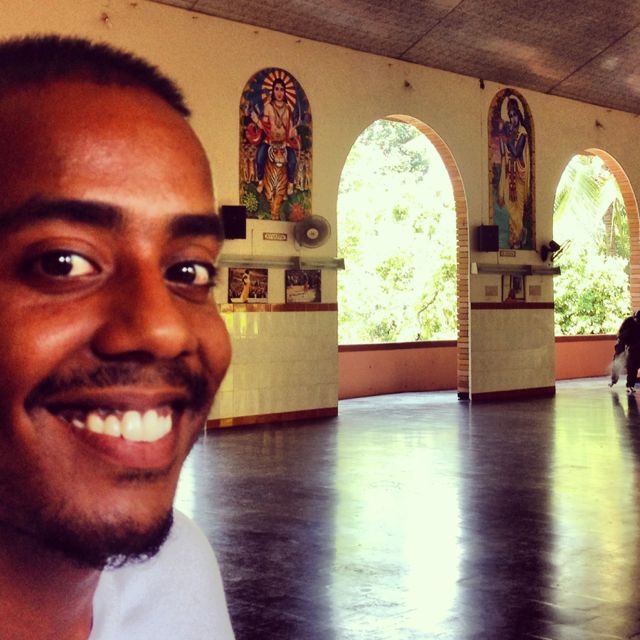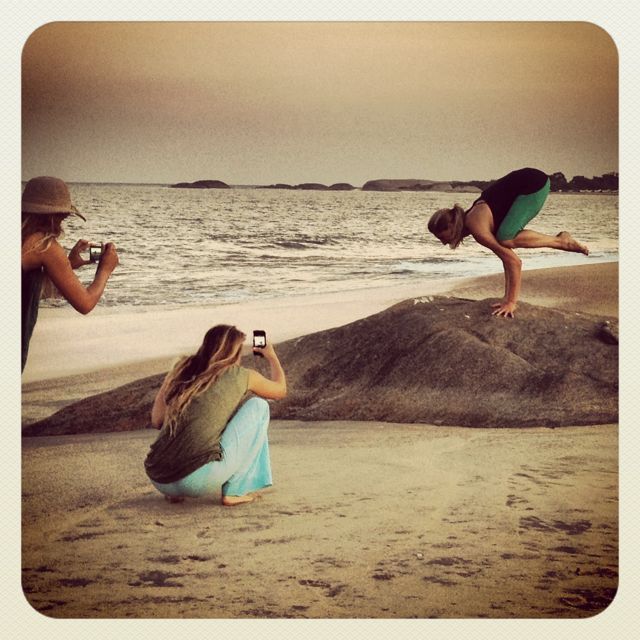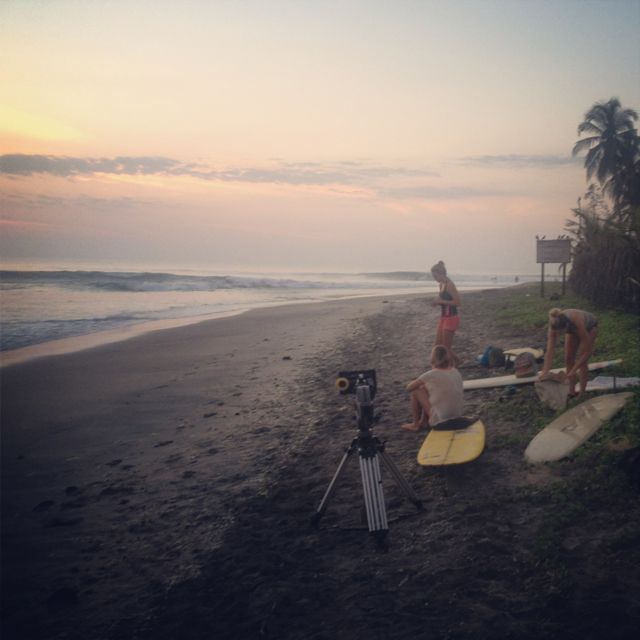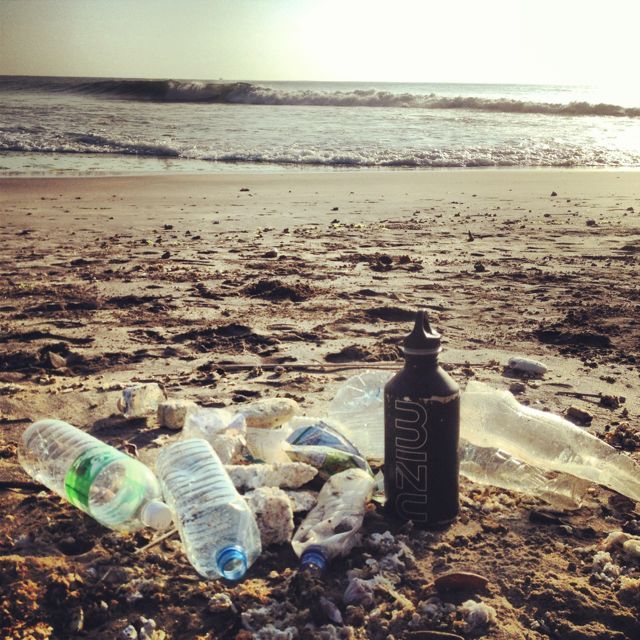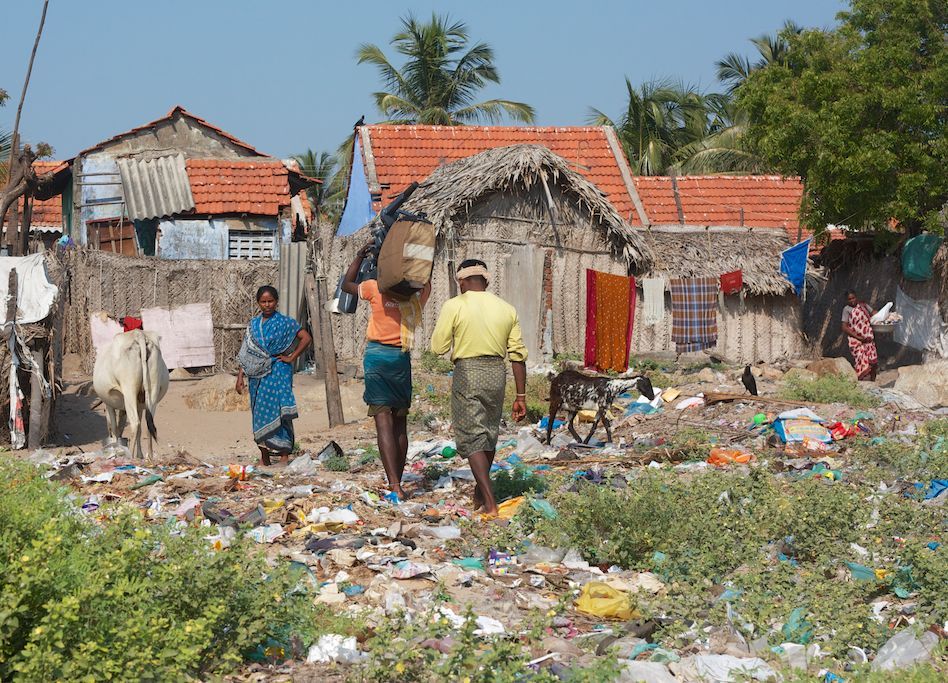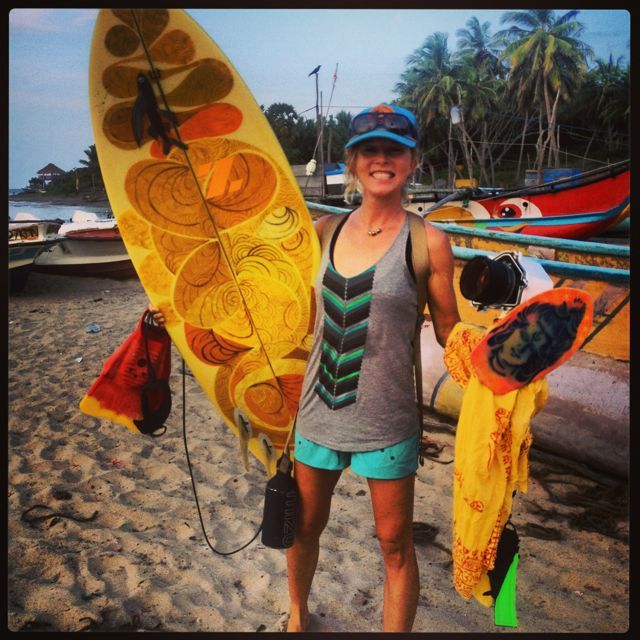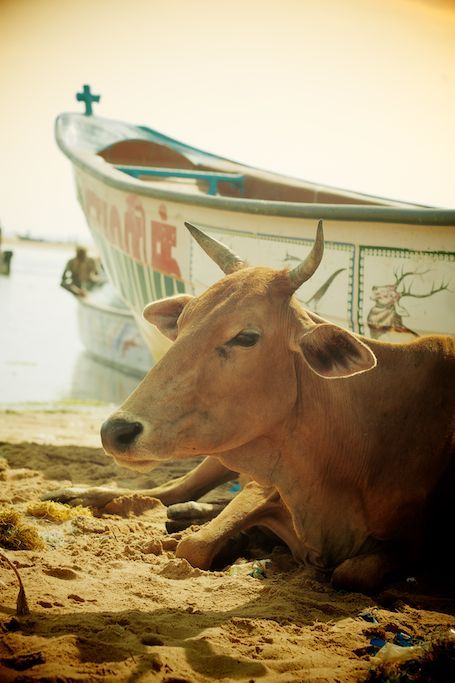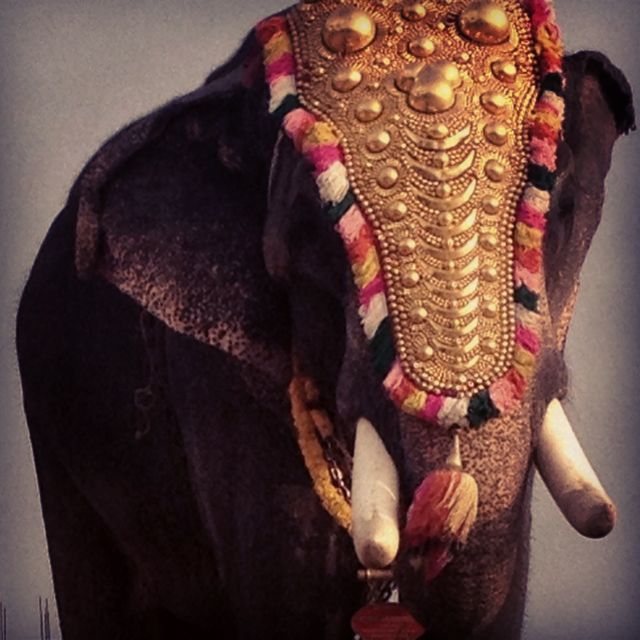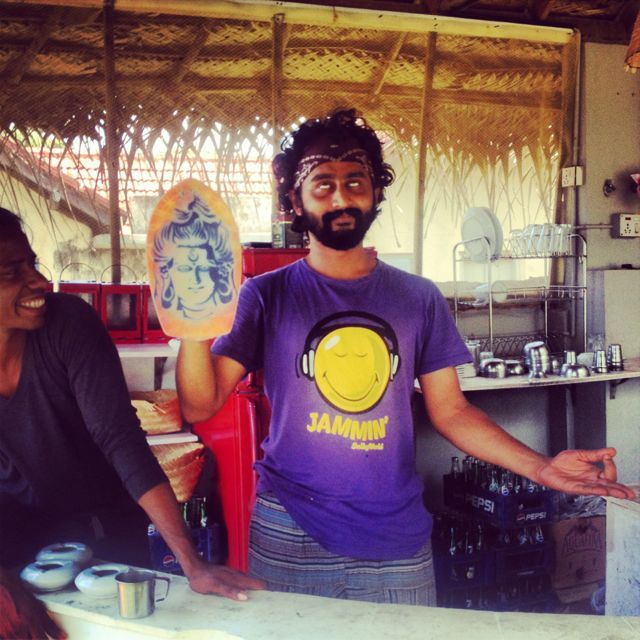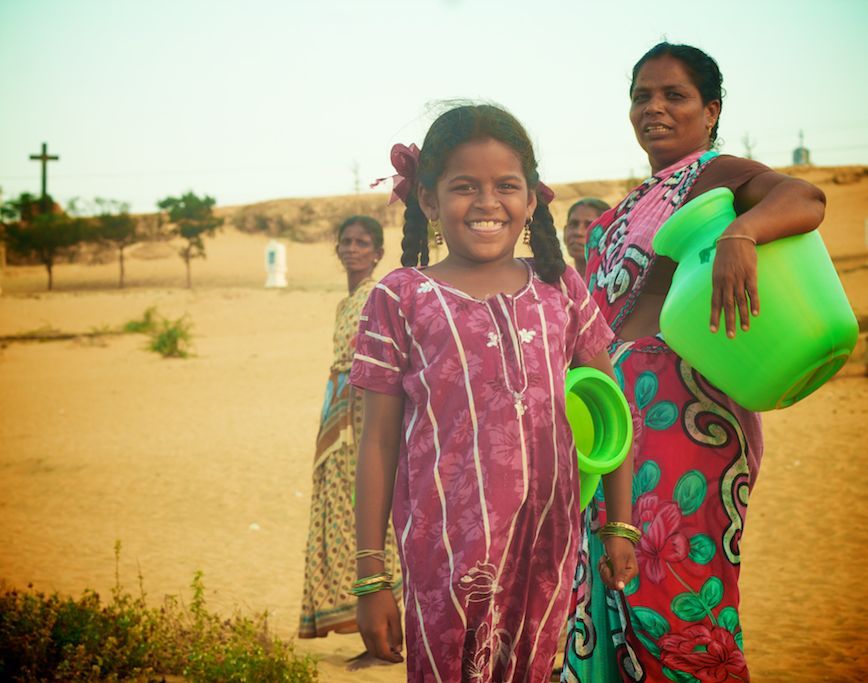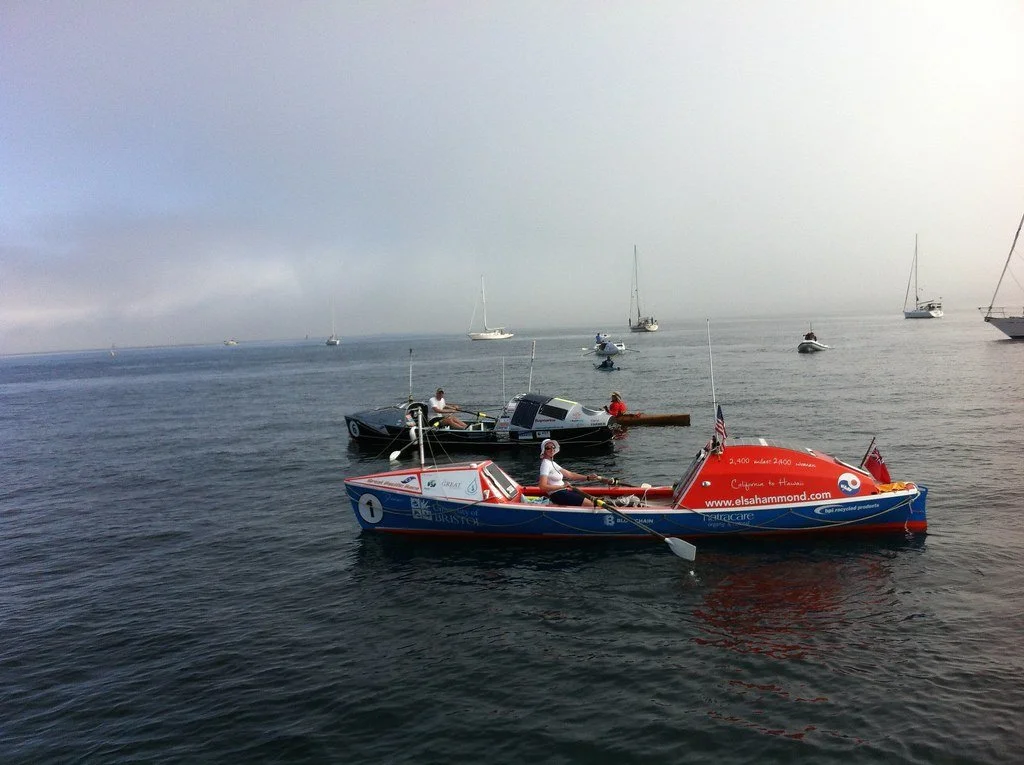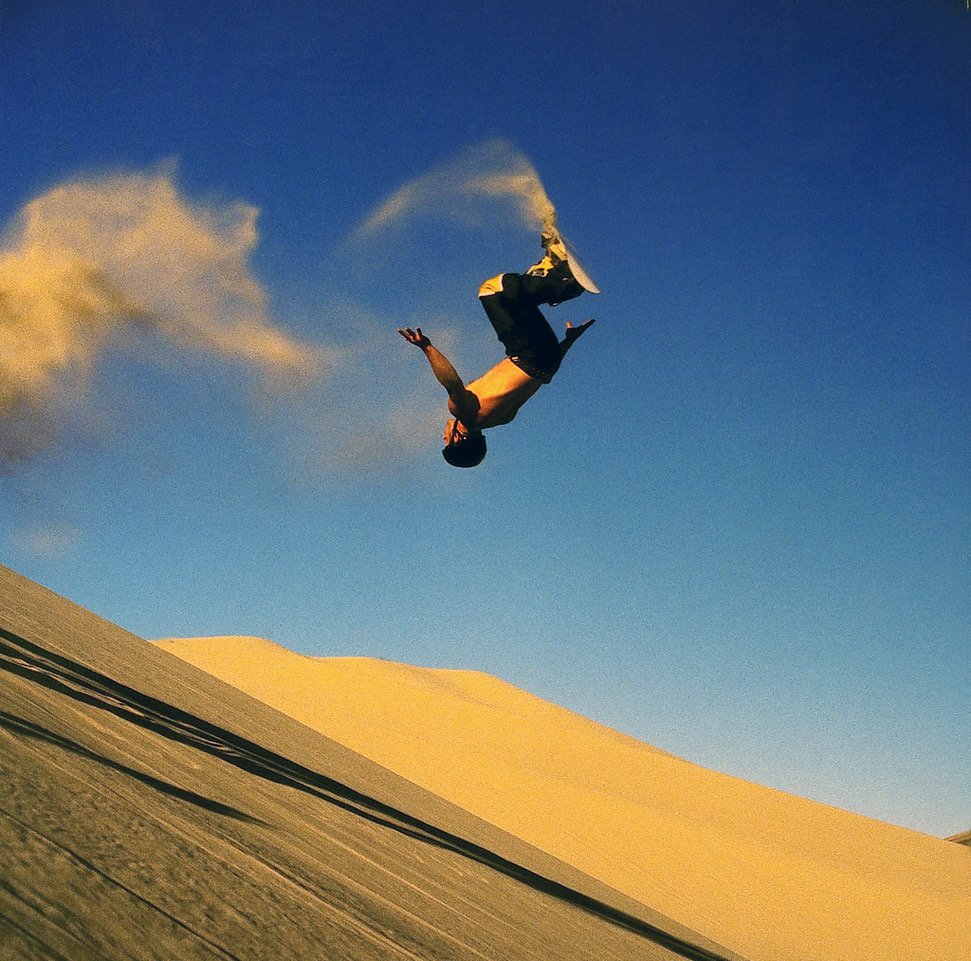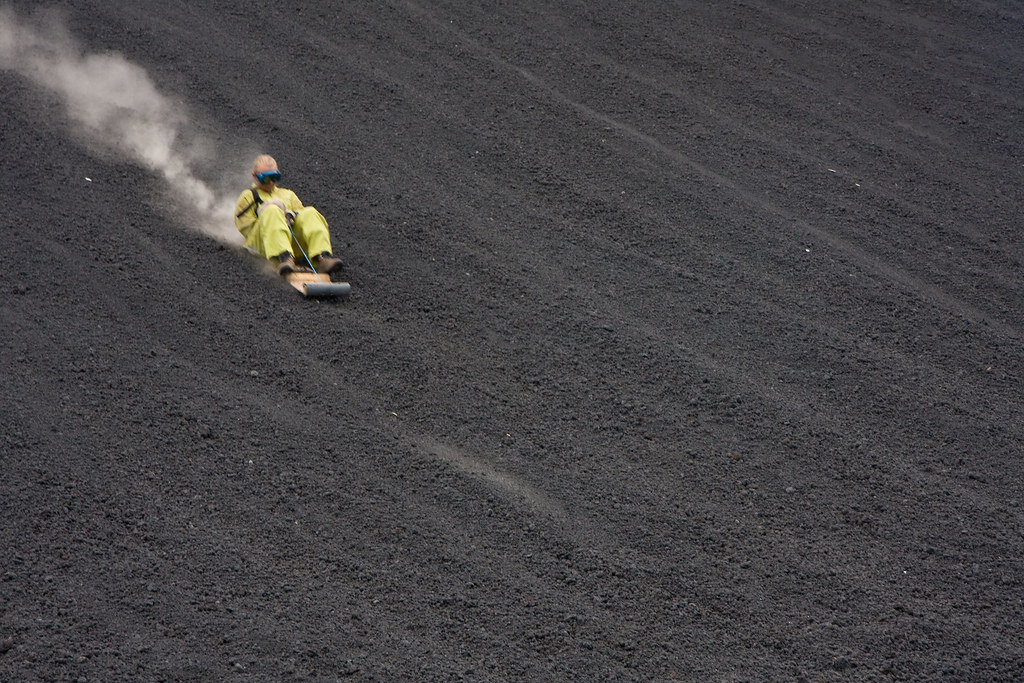From Senegal to Southeast Asia, here are lesser-known sports entrenched in cultural traditions.
African Wrestling World Tour opening, Pierre-Yves Beaudouin, CC BY-SA 3.0, via Wikimedia Commons
Standing up in your seat at Croke Stadium in Dublin screaming “Let it in!” with tens of thousands of other Hurling fans is among the most Irish experiences you can have. However, this kind of experience isn’t unique to Ireland. Whether it’s wrestling in Senegal or canal jumping in the Netherlands, sports often have huge cultural significance, providing people with entertainment and reasons to get together. While we usually only hear about a select few, there are thousands of sports around the world, many with fascinating histories and passionate fanbases. Below are ten of the most interesting lesser-known sports and the histories behind them.
1. Stickball—Native American Nations
Kullihoma Stickball Tournament, Choctaw Nation, CCO 1.0, via Wikimedia Commons
Sign up for our newsletter here!According to an Iroquois legend, a Chief and a young woman living in the sky world had to marry to save their universe. Before they could, however, a stickball player traveled through the multiverse, saving the woman and impregnating her before they reached Earth, leading to the spread of humanity.
Stickball has been played by the Indigenous Nations of the Iroquois Federation, the Chickasaws, and the Choctaws since 1100 AD. Previously known as the “little brother of war,” stickball was used as a way to settle a conflict. Today, it is best known as the predecessor to modern lacrosse. The main differences between lacrosse and stickball are that traditional stickball often pits men against women and a pole is used instead of a goal.
Stickball is still played throughout native communities, with the most recent World Series Stickball Championship taking place on July 15 and 16, 2022 at the Choctaw Indian Fair on the Choctaw Indian Reservation in Mississippi.
Sign up for our newsletter here!2. Hurling—Ireland
The average NBA basketball game attracts between 15-20,000 fans per game. Every year the All-Ireland Hurling Finals is played at Croke Park stadium in Dublin, with over 80,000 fans in attendance.
The first reference to hurling was from 1272 BC, making hurling over 3000 years old. Hurling has had a huge role in Irish history and society, so much so that the Brehon Laws, the native Gaelic legal system, used to give out compensation to players injured through hurling.
Sign up for our newsletter here!Currently, hurling is run with strict rules by the Gaelic Athletic Association (GAA). It is played with a stick known as a hurley and a ball called a sliotar. By using a combination of your hand and the hurley, the object of the game is to get the sliotar into the opposing team's net.
3. Capoeira—Brazil
Capoeira at the Brazilian Pavilion at Folklorama 2013, Ccyyrree, CC0, via Wikimedia Commons
From its inception, the half-martial-art half-dance Capoeira was a symbol of hope and freedom. The original elements of Capoeira were brought to Brazil by enslaved people from Africa and practiced on plantations as a way of maintaining their traditional culture. Due to Brazil’s large size, runaway slaves were often able to escape and form their own communities, called Quilombos. It is thought that it was here that Capoeira was truly able to develop and evolve.
Sign up for our newsletter here!In the present day, you don’t need to go to Brazil to practice Capoeira. The World Capoeira Federation is located far away in Tallinn, Estonia, and there are Capoeira studios in many countries around the world.
4. Kabaddi—South Asia
Iran’s Kabaddi Team, Fars Media Corporation Amir Hosseini, CC BY 4.0, via Wikimedia Commons
Siddhartha Guatama, the Buddha himself, is recorded in Buddhist literature to have played Kabaddi recreationally. It may seem surprising that the Buddha, famous for his calm and peace-loving nature, played a contact sport, but this connection makes more sense than it seems. In both Kabaddi and meditation, breath is of central importance.
Sign up for our newsletter here!Kabaddi has two teams, each based in one half of a field. Play starts when a “raider” runs to the other side and attempts to tag their opponents. During the entire raid, the player must hold their breath, and continuously yell “Kabaddi” to prove they are not breathing. If the player makes it back to the other side, they will get a point for every opponent they touched. If they do not and are wrestled down, then the opposing team gets a point.
Currently, Kabaddi is the national sport of Bangladesh and is popular throughout South Asia, where the Vivo Pro Kabaddi League hosts matches every year.
5. Senegalese Wrestling—Senegal
African Wrestling World Tour, Pierre-Yves Beaudouin, CC BY-SA 3.0, via Wikimedia Commons
Sign up for our newsletter here!Laamb en Wolof, widely known as Senegalese wrestling, is deeply rooted in tradition. Historically, people of the Sérère and the Diola ethnicities used wrestling at the end of harvest season to determine who would be the village champion, winning cattle and other important prizes. Today, each match starts with the fighters being introduced by a chorus of women known as a Baccou.
Senegalese wrestling differs from Western wrestling in its rules. In Senegalese wrestling, you can punch the body and head with your bare fists. A match ends whenever a wrestler falls and his back touches the ground.
Currently, Senegalese wrestling is very popular in West Africa and the national sport of Senegal, where it rivals soccer in popularity.
Sign up for our newsletter here!6. Sepak Takraw—Southeast Asia
Sepak Takraw, Korea.net / Korean Culture and Information Service, CC BY-SA 2.0, via Wikimedia Commons
Played throughout Southeast Asia, Sepak Takraw is, in essence, volleyball played without your arms. To serve, professional players usually do a bicycle kick, trying to slam the ball down into the opponent's court. Players use their bodies to block shots.
Sepak Trakaw was first played by Malaysian royalty about 500 years ago. From there, in the 16th century, it expanded throughout the Indonesian archipelago under the name Sepak Raga. In 1945 a swim club hosted the first official Sepak Raga tournament. More and more tournaments were played until in 1992, the game was formalized under its current name by the International Sepaktakraw Federation.
Sign up for our newsletter here!7. Donkey Racing—Kenya
Lamu Donkey Races, Kayak Aberfeldy, CC BY-NC-ND 2.0 via wordpress.org
On the small Kenyan Island of Lamu, cars and bicycles are banned, allowing the people of Lamu and their visitors to maintain their traditional form of transportation: donkeys. Every year around November, the over 700-year-old township hosts its annual Lamu Cultural Festival. Taking place in a UNESCO World Heritage Site, Lamu Old Town, the star of the festival is always the annual donkey race.
Similar to a marathon, anyone interested is allowed to participate in the donkey race, and many tourists fly in to compete. The race is quite competitive, as the winner usually earns a significant cash prize and a trip to Nairobi.
Sign up for our newsletter here!8. Kho Kho—India
Kho Kho Game in Haryana, Mester Jagels (Jasper van't Veen), CC BY 2.0, via Wikimedia Commons
The first mention of Kho Kho is believed to be in the about 2,000-year-old Indian Epic Mahabharata. The epic described how on the 13th day of the war, to break the impenetrable defense Chakravyuha, the hero Abhimanyu used tactics very close to ring play, the modern-day defense used in Kho Kho.
Kho Kho is a version of tag, where over two nine-minute innings teams take turns being both the chasers and defenders. The chasers work as a team to catch the defenders as quickly as possible. Whichever team catches the other in less time wins. Kho Kho had its first major tournament in 1996 with the Asian Kho Kho Championship in Kolkata.
Sign up for our newsletter here!9. Fierljeppen—The Netherlands
Fierljeppen in Linschoten, Peter van der Sluijs, CC BY-SA 4.0, via Wikimedia Commons
Fierljeppen, or “far leap” in Frisian, is the sport of canal jumping native to the province of Friesland in the Netherlands. An extreme alternative to traditional pole jumping, competitors use a large pole called a polsstok to launch themselves across a river. Presently, the Netherlands has over 600 registered jumpers. The current world record is 22.21 meters.
When Fierljeppen was first recorded in the 1200s, it was practiced not as a sport but rather as a method of transportation. The Netherlands had a lot of canals and very few bridges, meaning, if you wanted to cross the Netherlands, you’d have to use a pole to vault over the waterways. It wasn’t until 1767 that Fierljeppen was hosted as an official competition.
Sign up for our newsletter here!10. Arnis—The Philippines
Arnis International, Cisc1970, CC BY-NC 2.0 via wordpress.org
In 1521, the Spanish Ferdinand Magellan brought forces armed with muskets to colonize the Philippines. Armed with only bladed weapons, the Indigenous Filipino islanders defeated the conquistadors through the use of their native martial art Arnis.
Today, Arnis is the national martial art and sport of the Philippines. The most famous part of Arnis is its stick fighting competitions. There are two models of competition: the performance Anyo model, which judges you on choreography and grace, and the combat Leban model, which focuses on the number of hits landed on your opponent. In May 2023, for the first time outside of the Philippines, the Southeast Asian games in Cambodia are slated to include Arnis.
Sign up for our newsletter here!Jeremy Giles
Jeremy is a Writing Seminars and International Studies major at Johns Hopkins University. He is an avid writer and the Co-Founder of Writers’ Warehouse, Johns Hopkins’ first creative writing group. He is an advocate for Indigenous rights, and studies how Indigenous philosophies can be used to help prevent climate change. Using his writing, he hopes to bring attention to underrepresented voices in today’s world.

